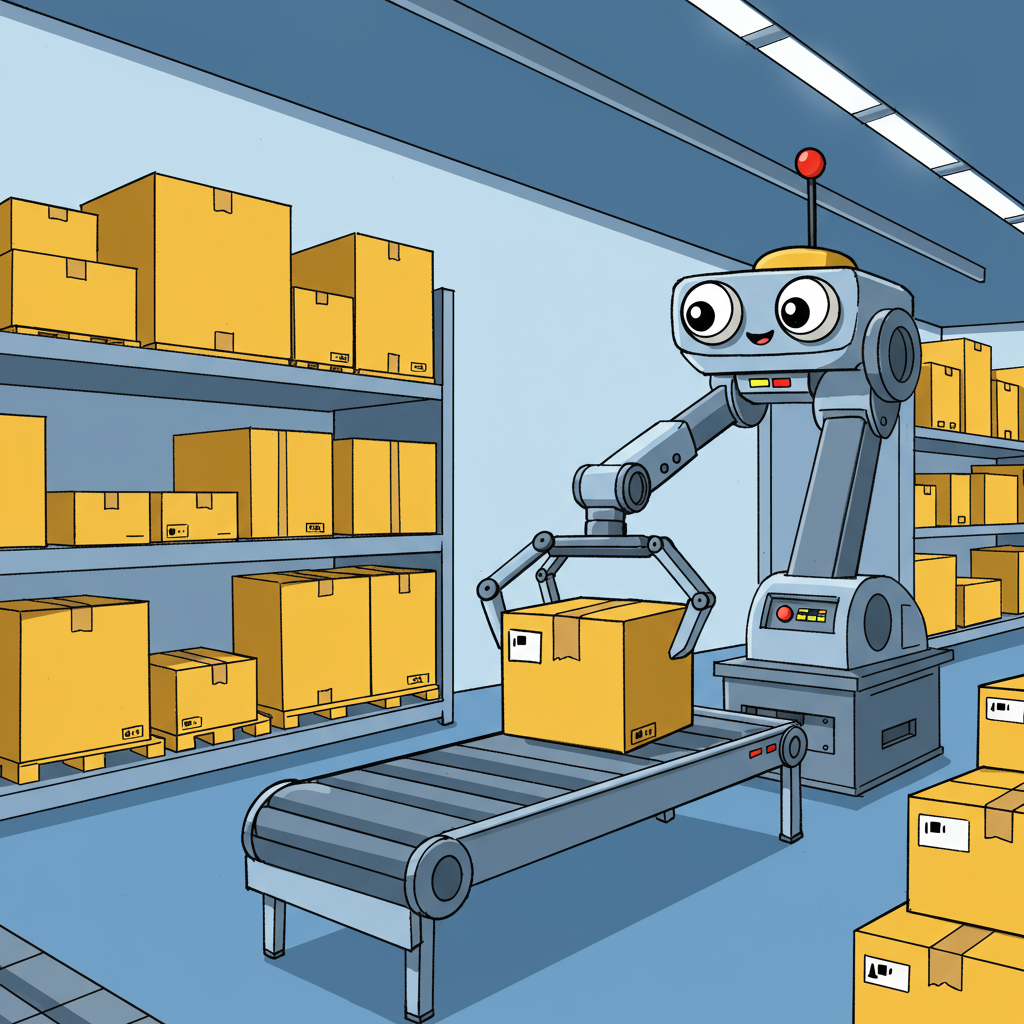Navigating the Complex World of E-commerce Fulfillment to Scale Your Business
As a Shopify merchant myself, I vividly remember the early days of my e-commerce journey. It was a whirlwind of product development, marketing, and, of course, the ever-present challenge of fulfillment.
Initially, I handled everything myself: packing orders on my kitchen table, making daily trips to the post office, and meticulously tracking inventory in a spreadsheet.
While this hands-on approach worked for a while, it quickly became unsustainable. My living space was shrinking, my time was consumed by logistics, and the thought of scaling felt utterly overwhelming.
That’s when I realized a crucial truth: to truly grow my Shopify store, I needed to outsource my fulfillment. This led me down the path of exploring Third-Party Logistics, or 3PL, services.
For those unfamiliar, a 3PL is essentially an external company that manages various aspects of your supply chain, including warehousing, inventory management, picking, packing, and shipping orders.
They become an extension of your business, handling the physical movement of your products so you can focus on what you do best: product development, marketing, and customer engagement.
The decision to partner with a 3PL was a game-changer for me, and I believe it can be for you too. It freed up my time, reduced my operational costs, and allowed me to offer faster, more reliable shipping to my customers.
One of the most significant benefits I experienced was the immediate cost savings. 3PLs operate on economies of scale, meaning they can negotiate better shipping rates and have more efficient warehousing processes than an individual merchant ever could.
Beyond cost, the scalability a 3PL offers is invaluable. During peak seasons or sudden surges in demand, I no longer had to worry about hiring temporary staff or finding extra storage space. My 3PL simply absorbed the increased volume.
They also bring a level of expertise that’s hard to replicate in-house. From navigating complex international shipping regulations to optimizing packaging for cost and safety, 3PLs are specialists in their field.
Improved customer satisfaction is another direct result. With strategically located warehouses, my 3PL could often offer 2-day or even next-day shipping to a large portion of my customer base, which is a huge competitive advantage.
So, how do you go about choosing the ‘best’ 3PL for your Shopify store? It’s not a one-size-fits-all answer, but I’ve identified several key considerations that guided my own decision-making process.
First and foremost, seamless integration with Shopify is non-negotiable. Your 3PL’s system should connect directly with your Shopify store to automatically pull orders, update inventory, and provide tracking information.
This automation minimizes manual errors, saves countless hours, and ensures real-time data accuracy, which is vital for both you and your customers.
Next, consider their warehouse locations and network. Do they have facilities strategically placed to reach your primary customer base quickly and cost-effectively? Multiple locations can significantly reduce transit times and shipping costs.
Pricing structure is another critical factor. 3PLs typically charge for storage, pick and pack, and shipping. Make sure you understand all fees involved, including any hidden costs for returns, kitting, or special handling.
I always recommend getting a detailed quote and comparing it across several providers. Transparency in pricing is a huge indicator of a trustworthy partner.
The technology and software a 3PL uses are also incredibly important. Look for a robust Warehouse Management System (WMS) that offers real-time inventory tracking, order status updates, and comprehensive reporting.
This level of visibility allows you to monitor your operations remotely and make data-driven decisions about your inventory and sales strategies.
Customer service and communication are often overlooked but are paramount. You’ll be entrusting a significant part of your business to them, so responsiveness, clear communication, and a dedicated account manager can make all the difference.
Consider their specialized services. Do you need kitting, custom packaging, or robust returns management? If you sell fragile, oversized, or temperature-sensitive items, ensure they have the expertise and facilities to handle them.
Scalability is a recurring theme for a reason. Your chosen 3PL must be able to grow with your business, handling increased order volumes without a drop in service quality as you expand.
Finally, don’t underestimate the power of reputation and reviews. What do other Shopify merchants say about their experience with a particular 3PL? Look for case studies and testimonials.
When I was making my decision, I reached out to other e-commerce entrepreneurs for their recommendations and insights, which proved incredibly valuable.
The onboarding process itself should be smooth and well-documented. A good 3PL will guide you through integrating your systems, transferring your inventory, and setting up your first shipments.
My advice is to start with a clear understanding of your own needs and priorities. Are you looking for the lowest cost, the fastest shipping, or specialized handling?
Once you have a shortlist, request detailed proposals and don’t hesitate to ask tough questions about their processes, technology, and contingency plans.
For some, it might even make sense to start with a smaller portion of your inventory or a specific product line to test the waters before fully committing.
Partnering with the right 3PL has been one of the best strategic decisions I’ve made for my Shopify store. It transformed my business from a logistical headache into a streamlined, scalable operation.
It allowed me to reclaim my time, reduce stress, and truly focus on growing my brand and connecting with my customers, rather than being buried under shipping labels and packing tape.
What are your thoughts on this guide, and what challenges have you faced with fulfillment in your own e-commerce journey? I’d love to hear your perspective.
Ultimately, the ‘best’ 3PL is the one that aligns perfectly with your specific business needs, budget, and growth aspirations. Do your homework, ask the right questions, and choose a partner that empowers your Shopify success.






